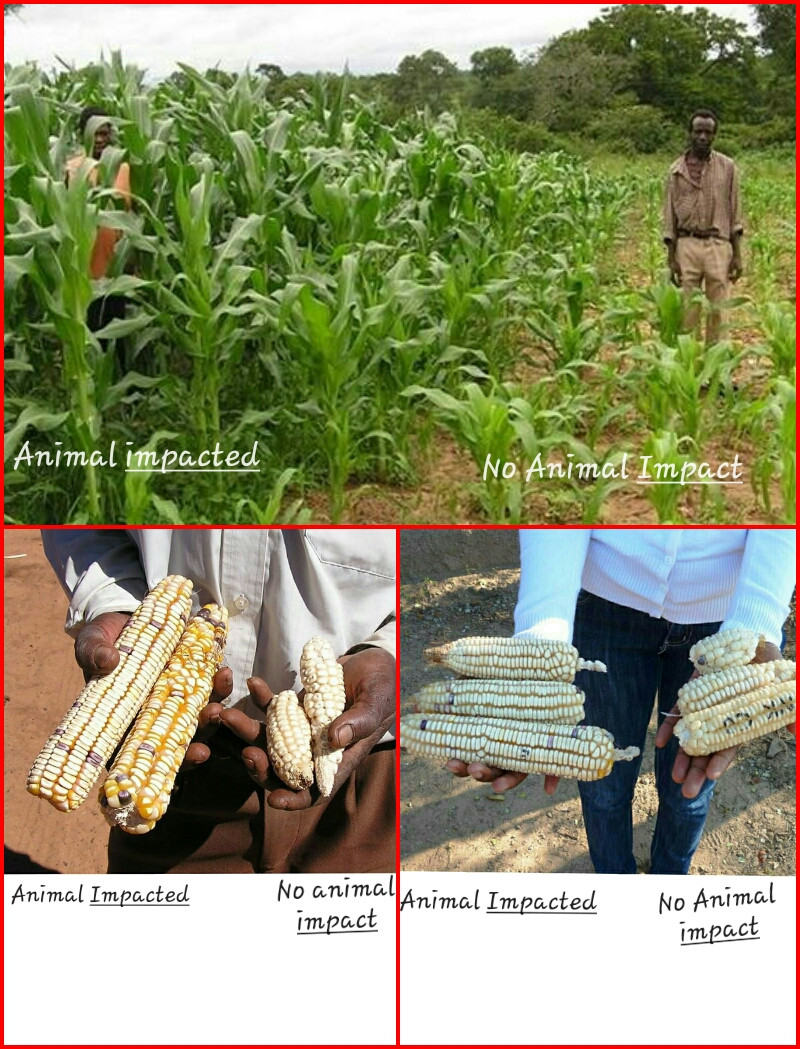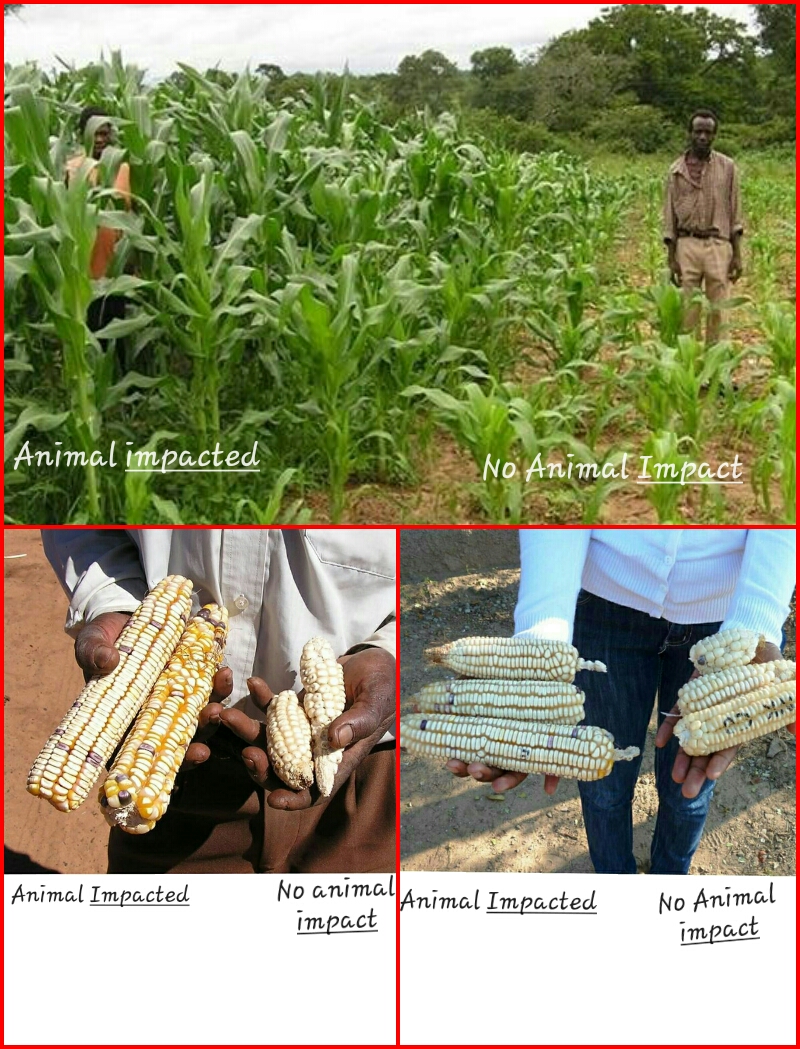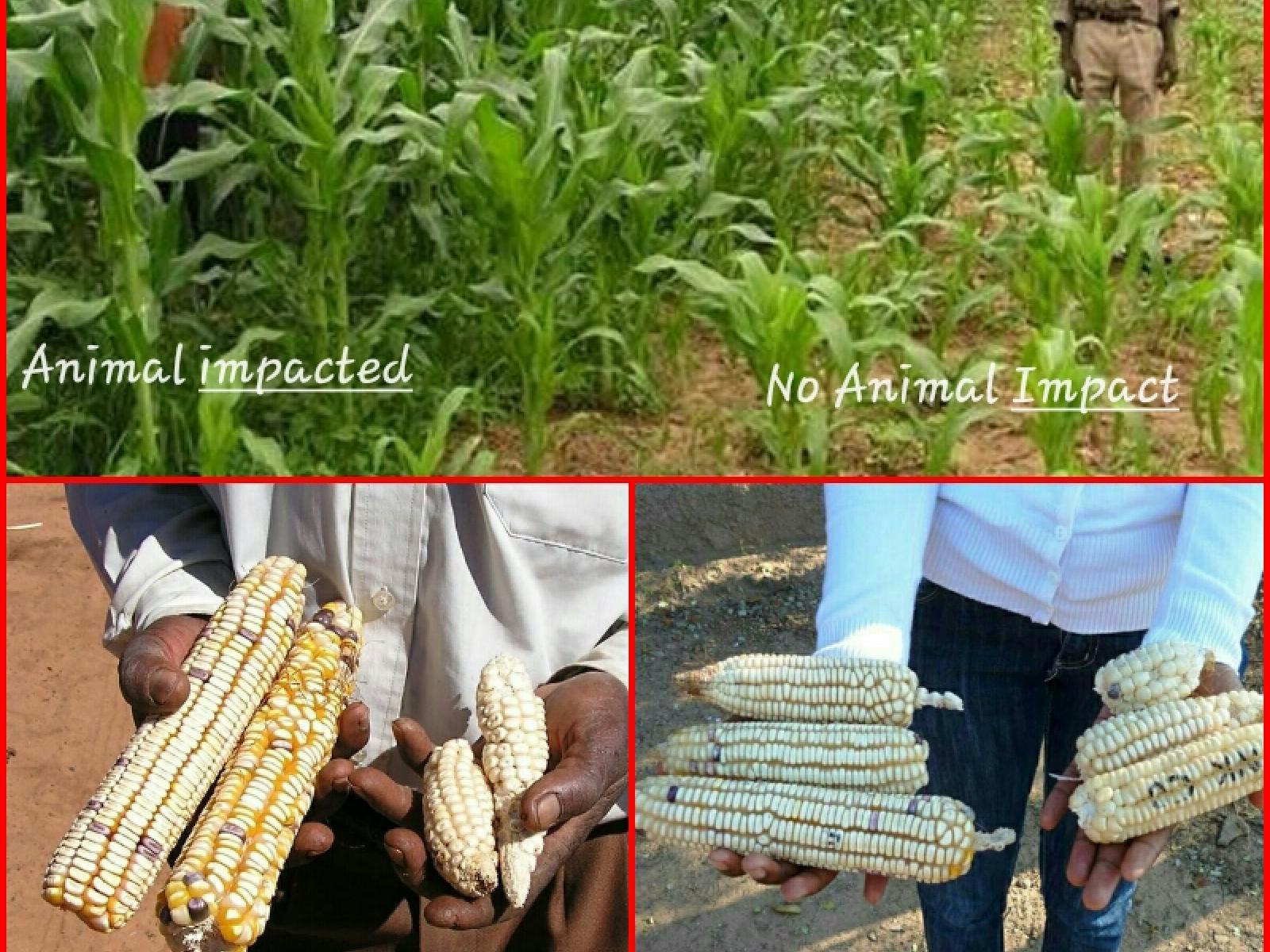An Overview Of Our Solution
- Population Impacted:
- Continent: Africa
Organization type
Population impacted
Size of agricultural area
Production quantity
People employed
Describe your solution
Describe your implementation
External connections
What is the environmental or ecological challenge you are targeting with your solution?
Describe the context in which you are operating
ACHM was formed in 1992 to address issues of disappearing wildlife, poverty, endless droughts, drying rivers and food aid programs in the Hwange Communal Areas. Hwange Communal Area is Agro-ecological region V, characterised by low erratic rainfall, high temp. and long dry spells. Agricultural (crop and livestock) productivity is very low mainly because of low rainfall resulting in forage and water shortages. Productivity on crop fields is further exacerbated by poor soils as only a few afford inorganic fertilizers for their fields. With no water, gardening is a challenge with a ripple effect on nutrition, food and economic securities. All these forces people into unsustainable practices such as poaching and deforestation activities which does not solve but worsen the situation. Due to continual practice of these activities, rivers have been silted and water table lowered in many communities leading to critcal water shortages.
How did you impact natural resource use and greenhouse gas emissions?
Language(s)
Social/Community
Water
Food Security/Nutrition
Economic/Sustainable Development
Climate
Sustainability
The innovation relies on resources already available in the communities, thus when implemented in the communities, less funding is necessary for the purposes of adhering to some of the key success factors of the project, for example, water points (where water is a challenge), predator proof overnight livestock enclosures (when implemented in or near wildlife areas), training and awareness sessions, before and during implementation.
Return on investment
Entrant Image

Entrant Banner Image

